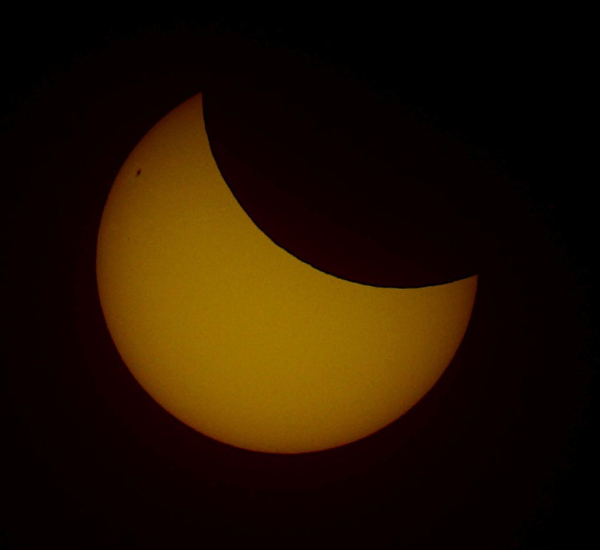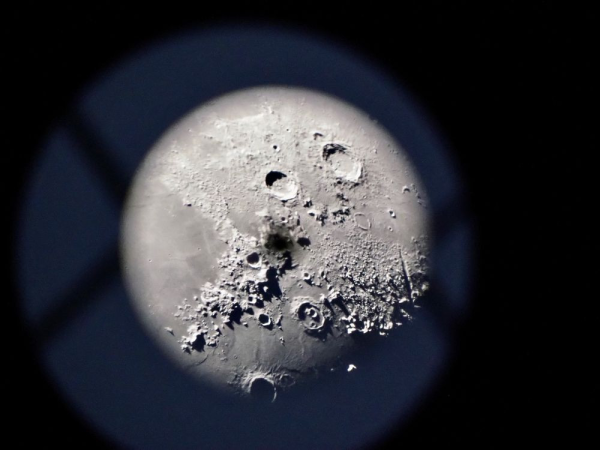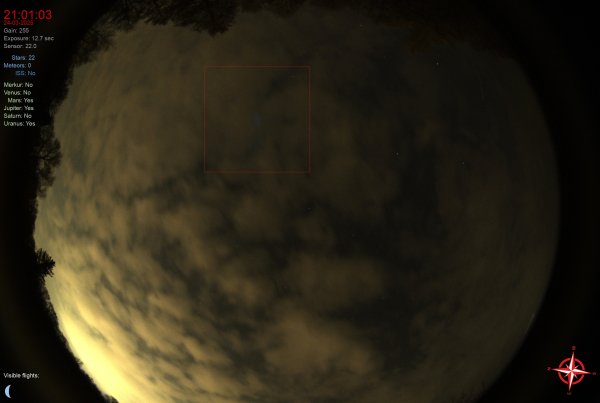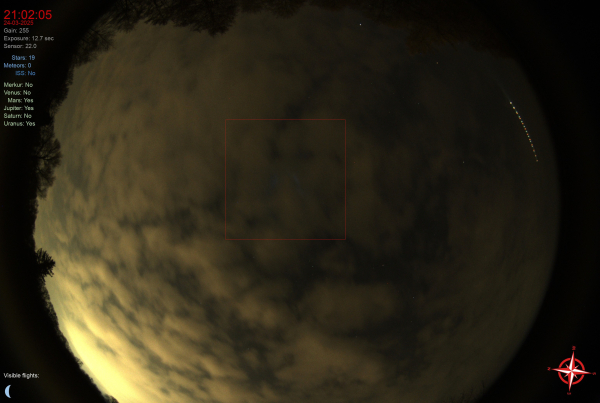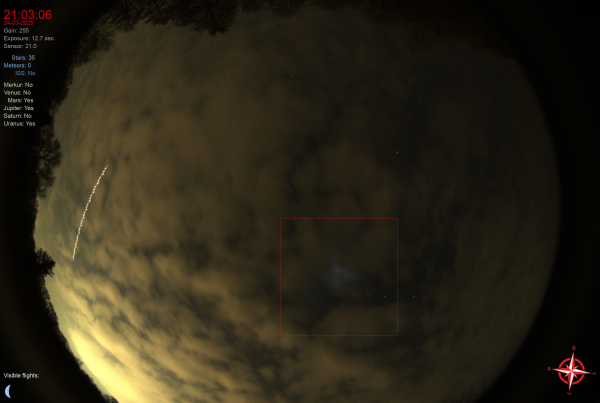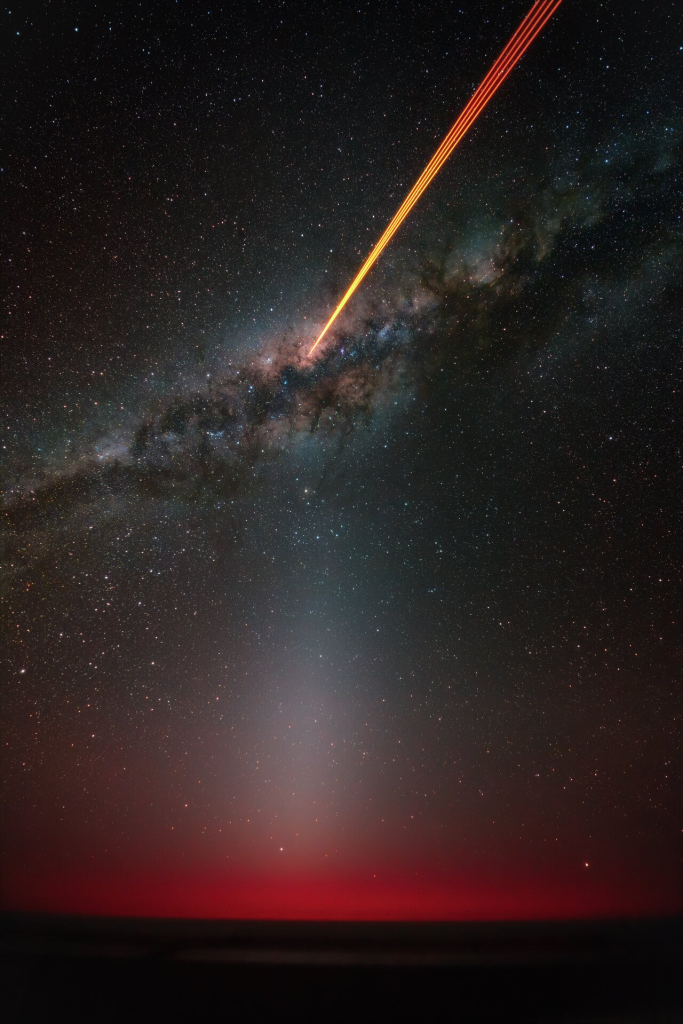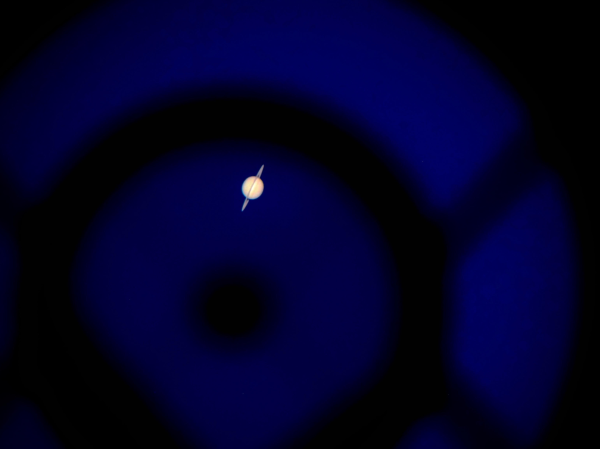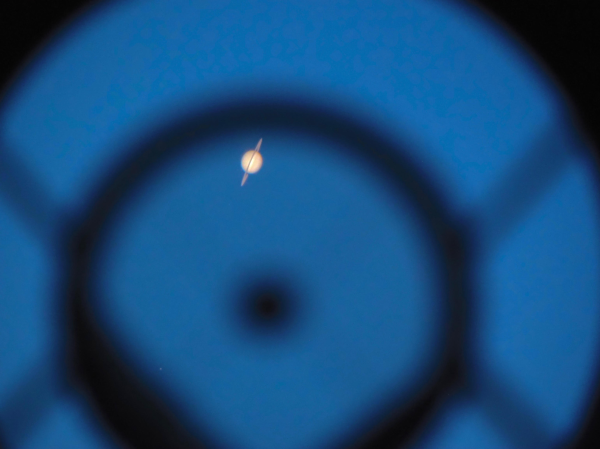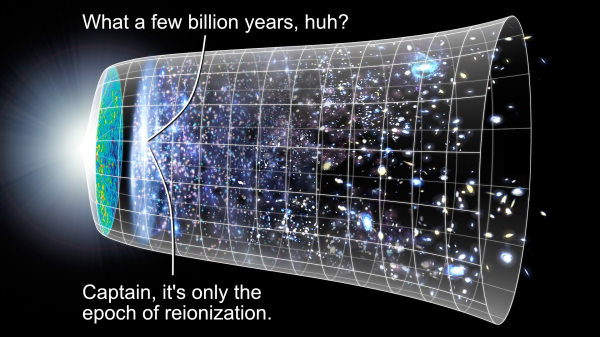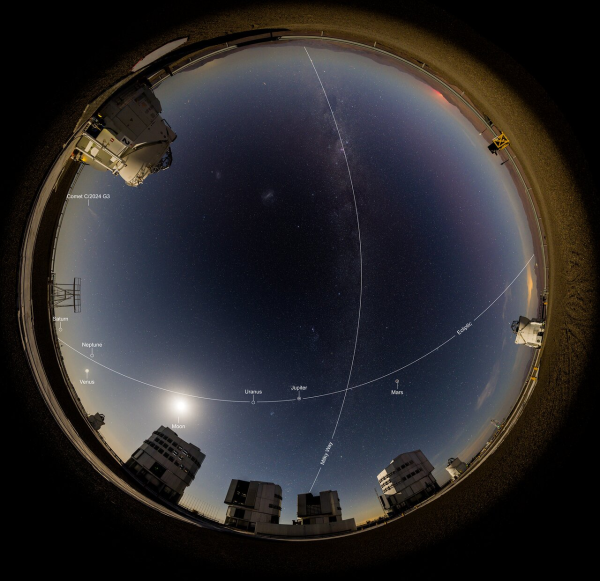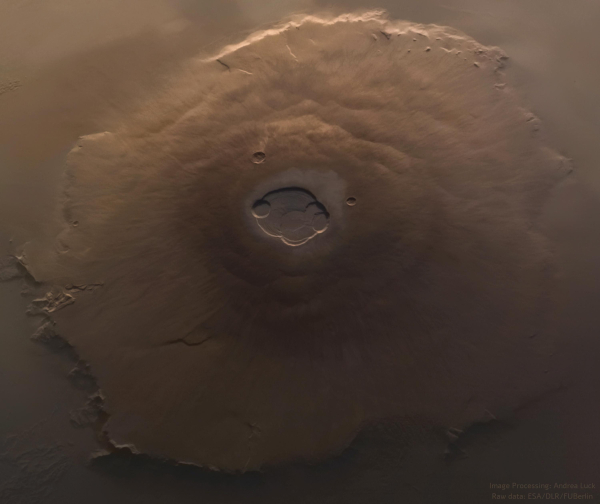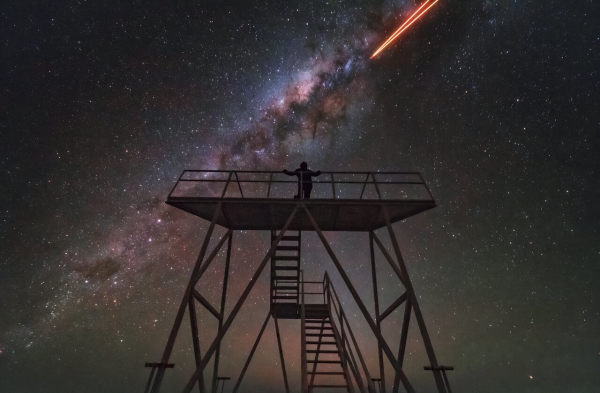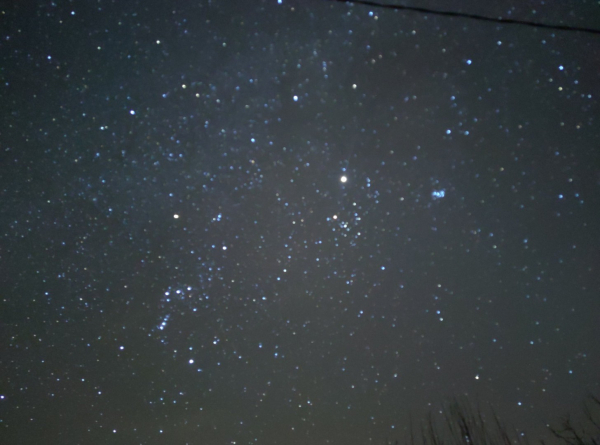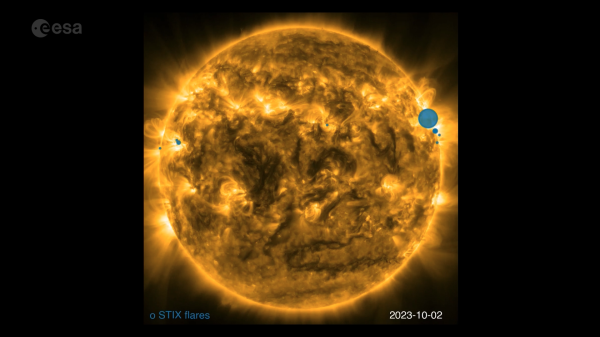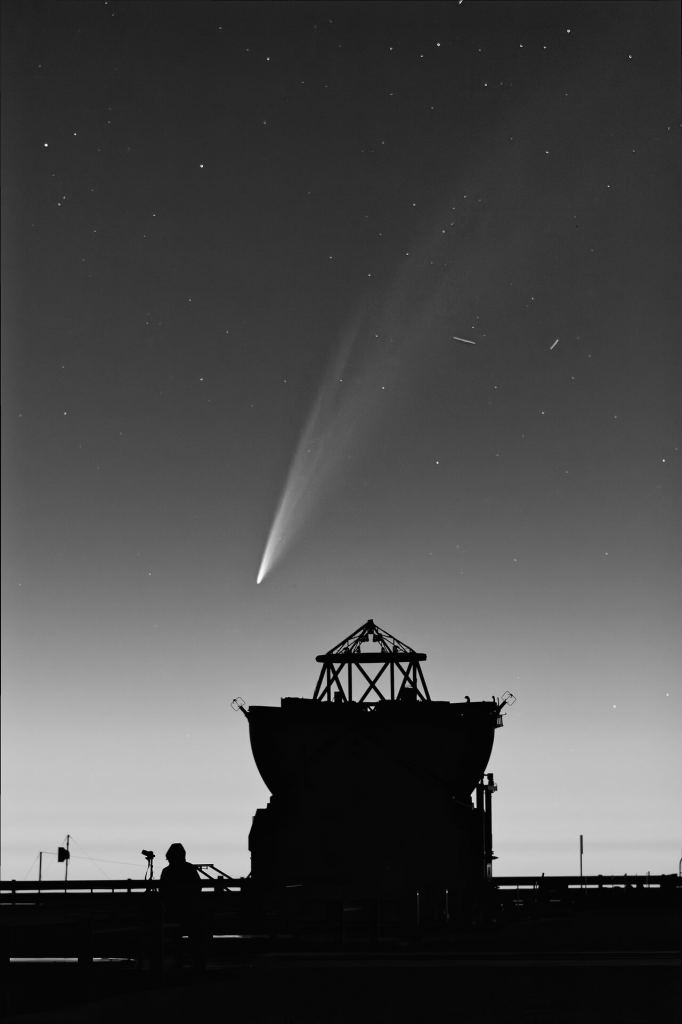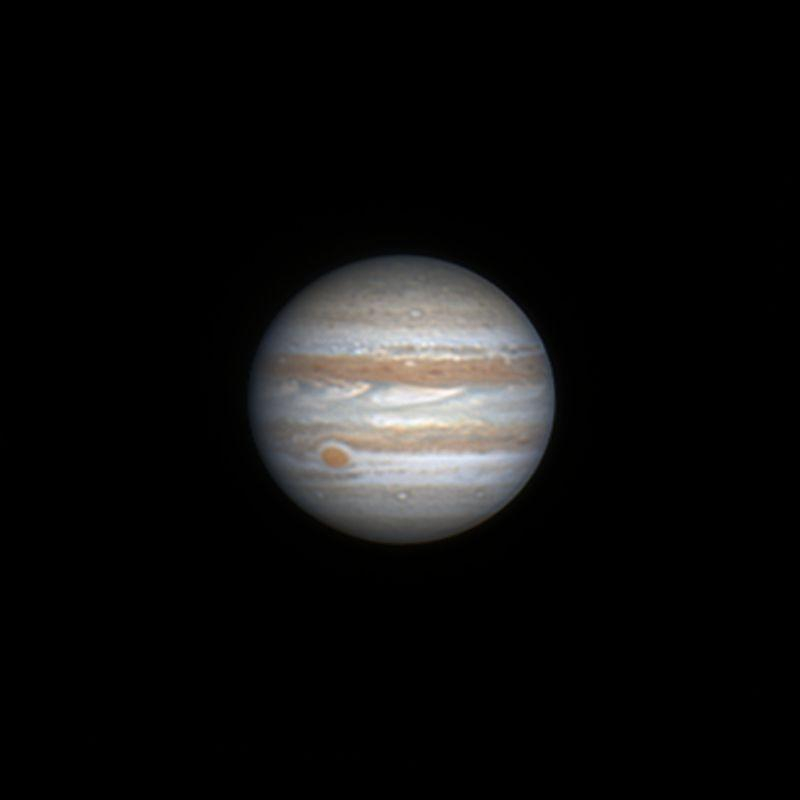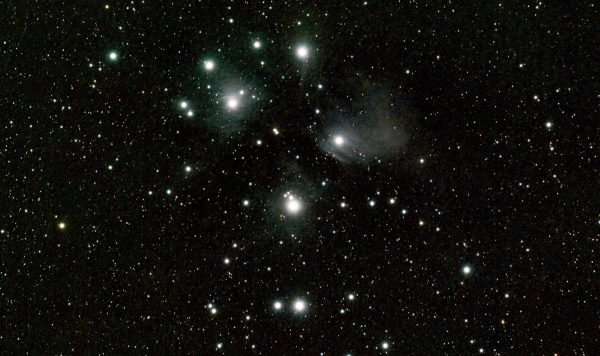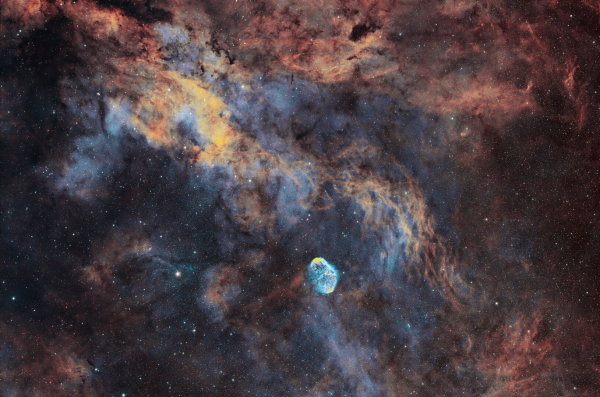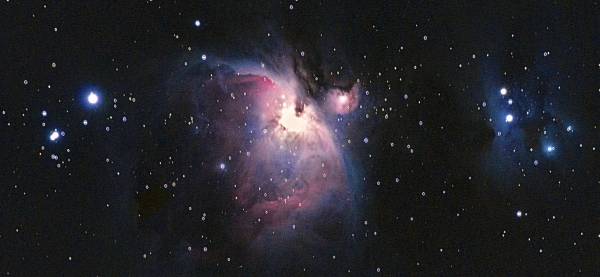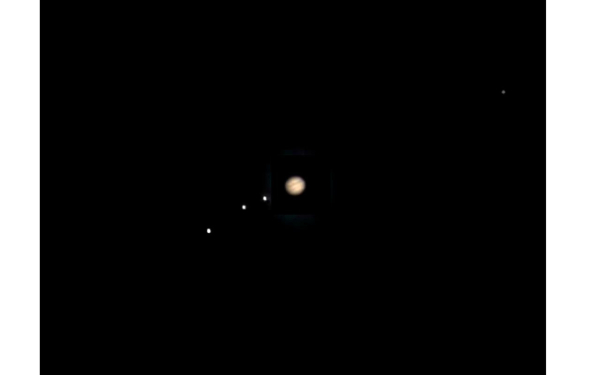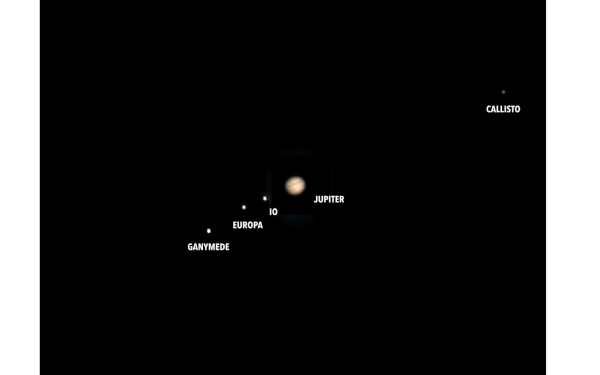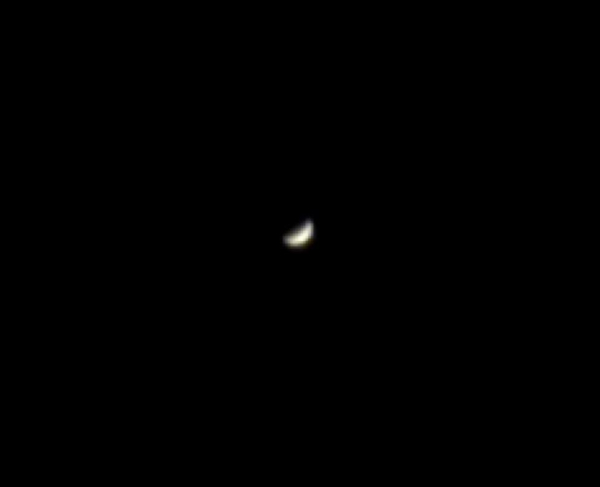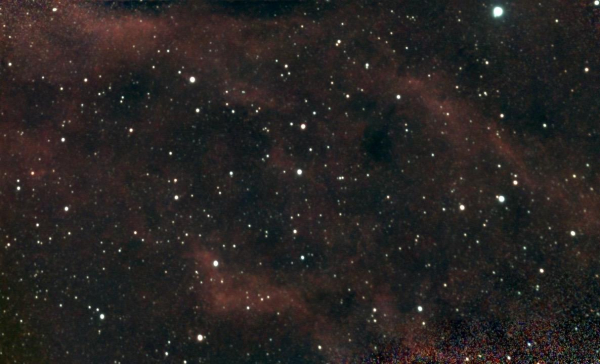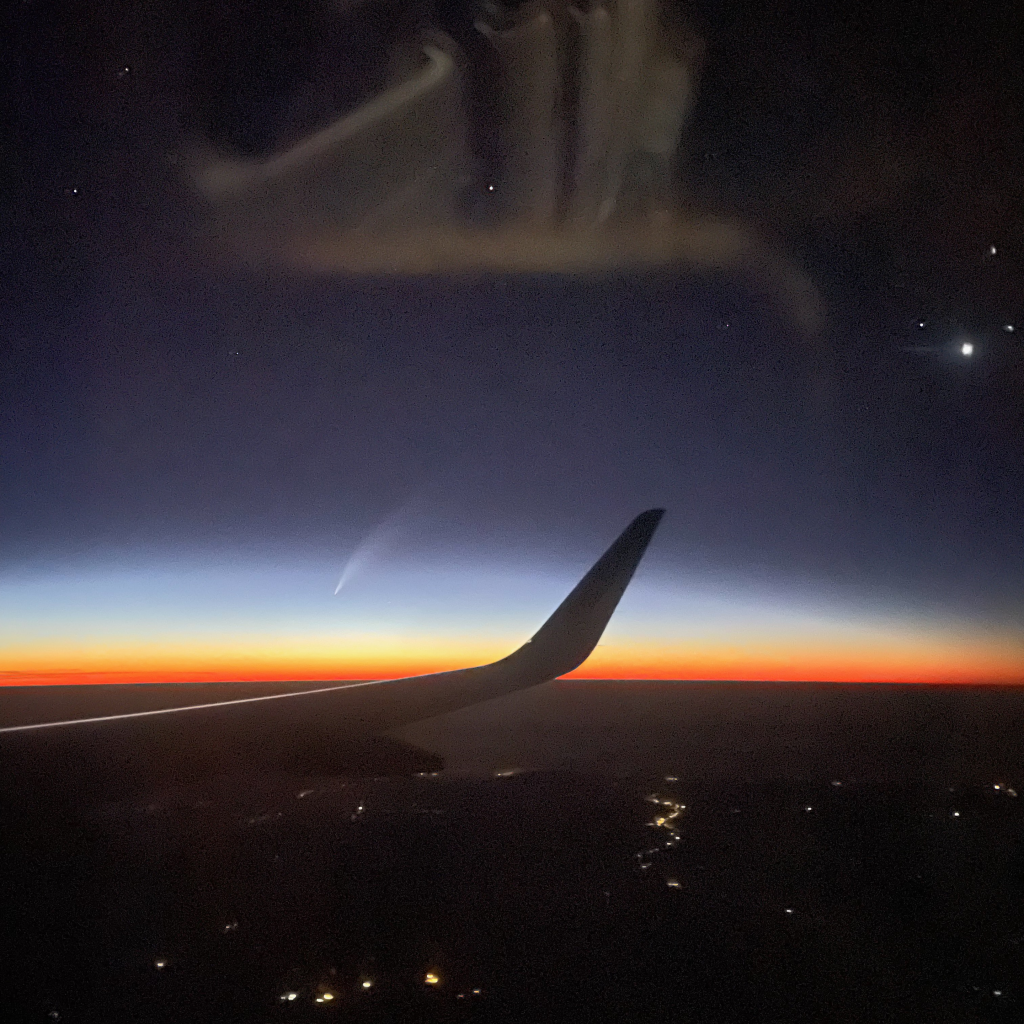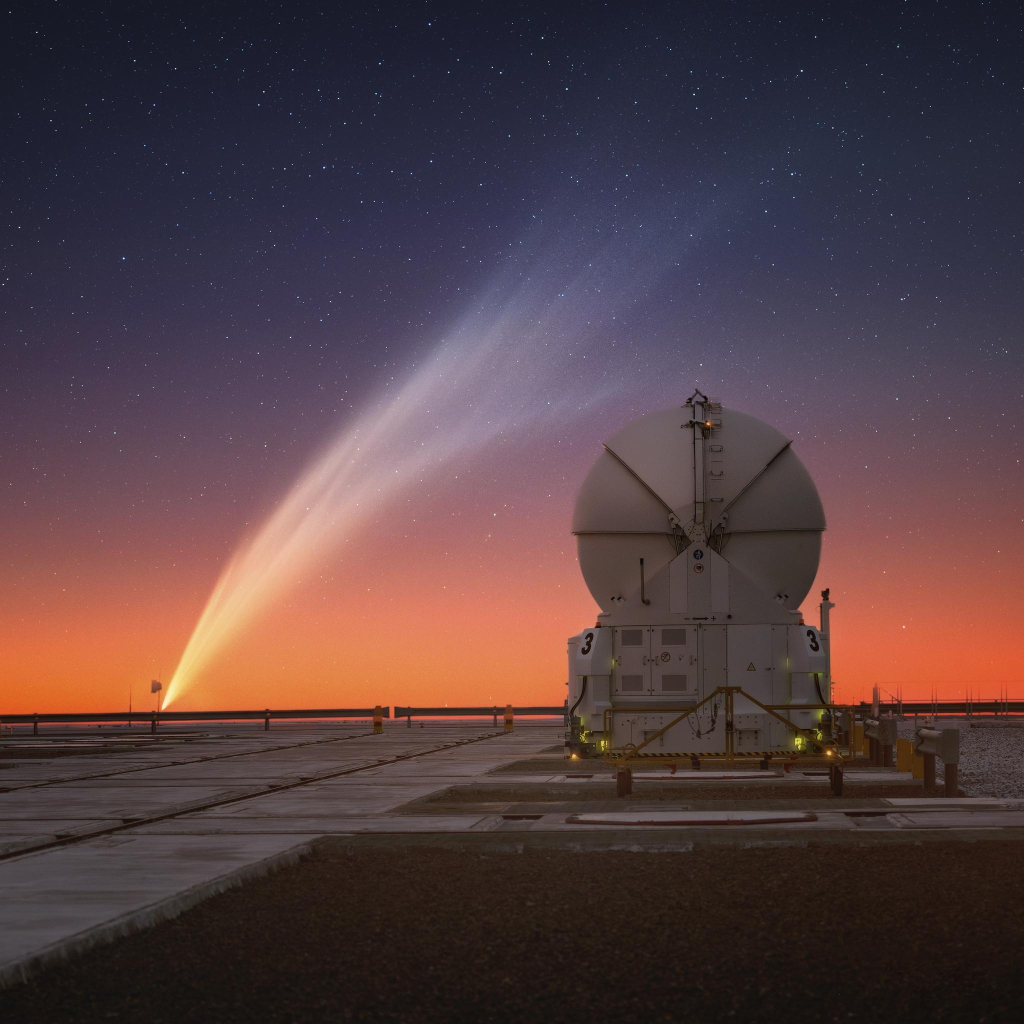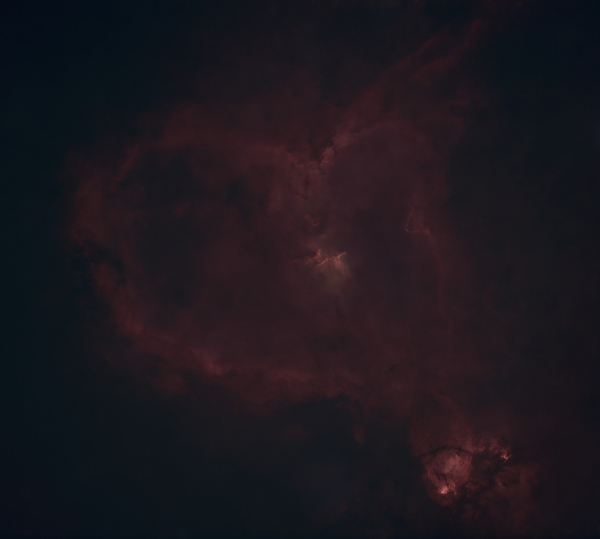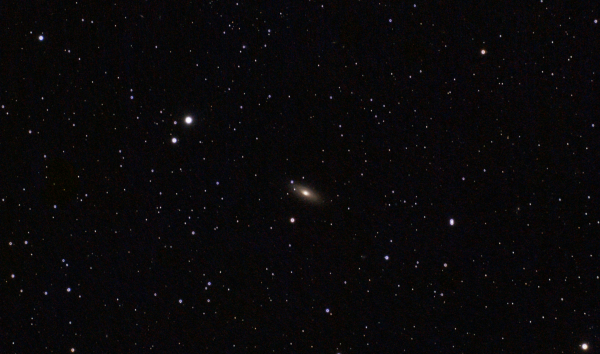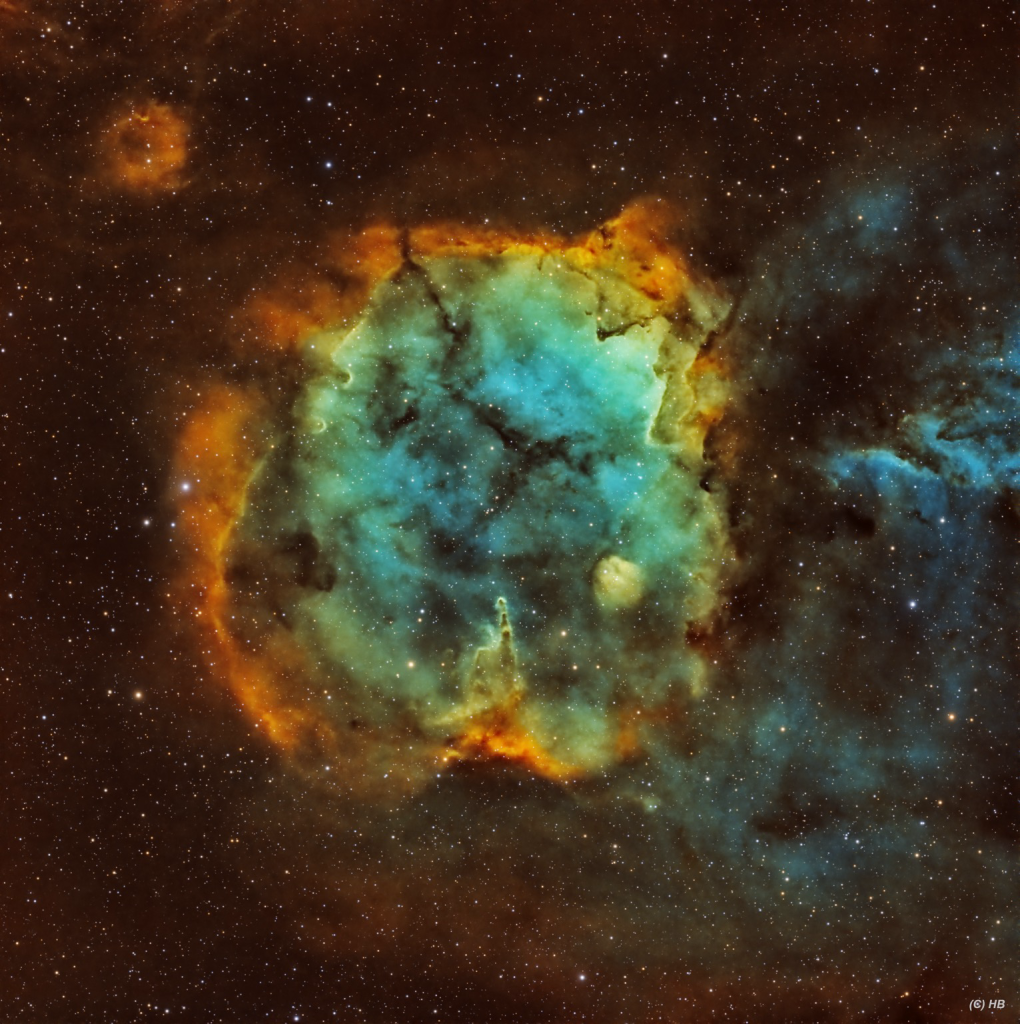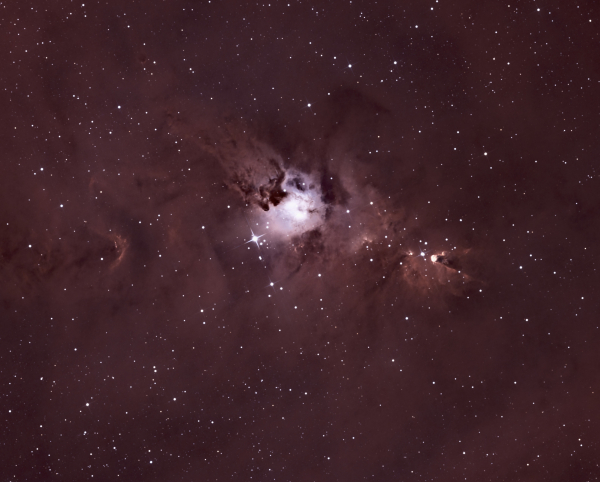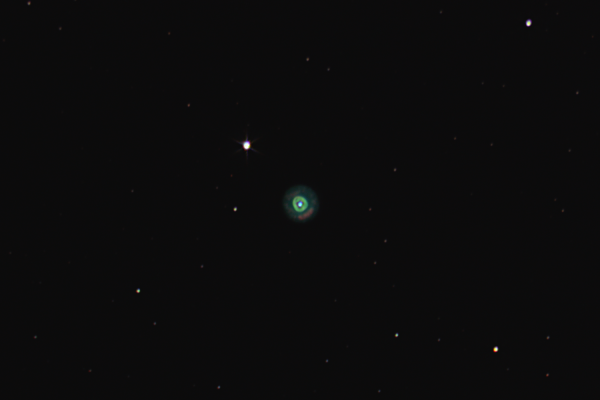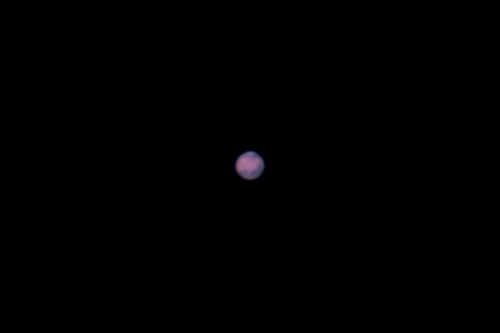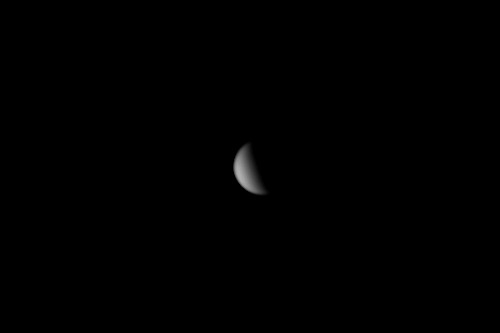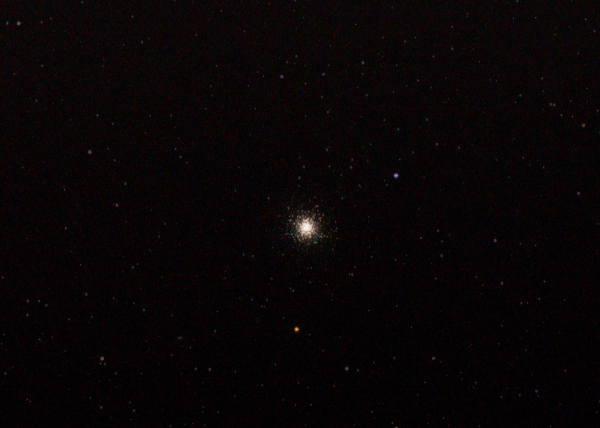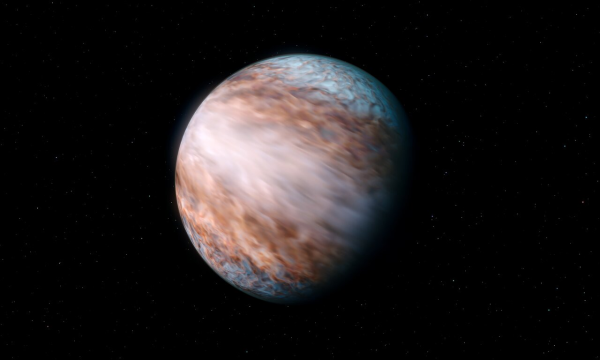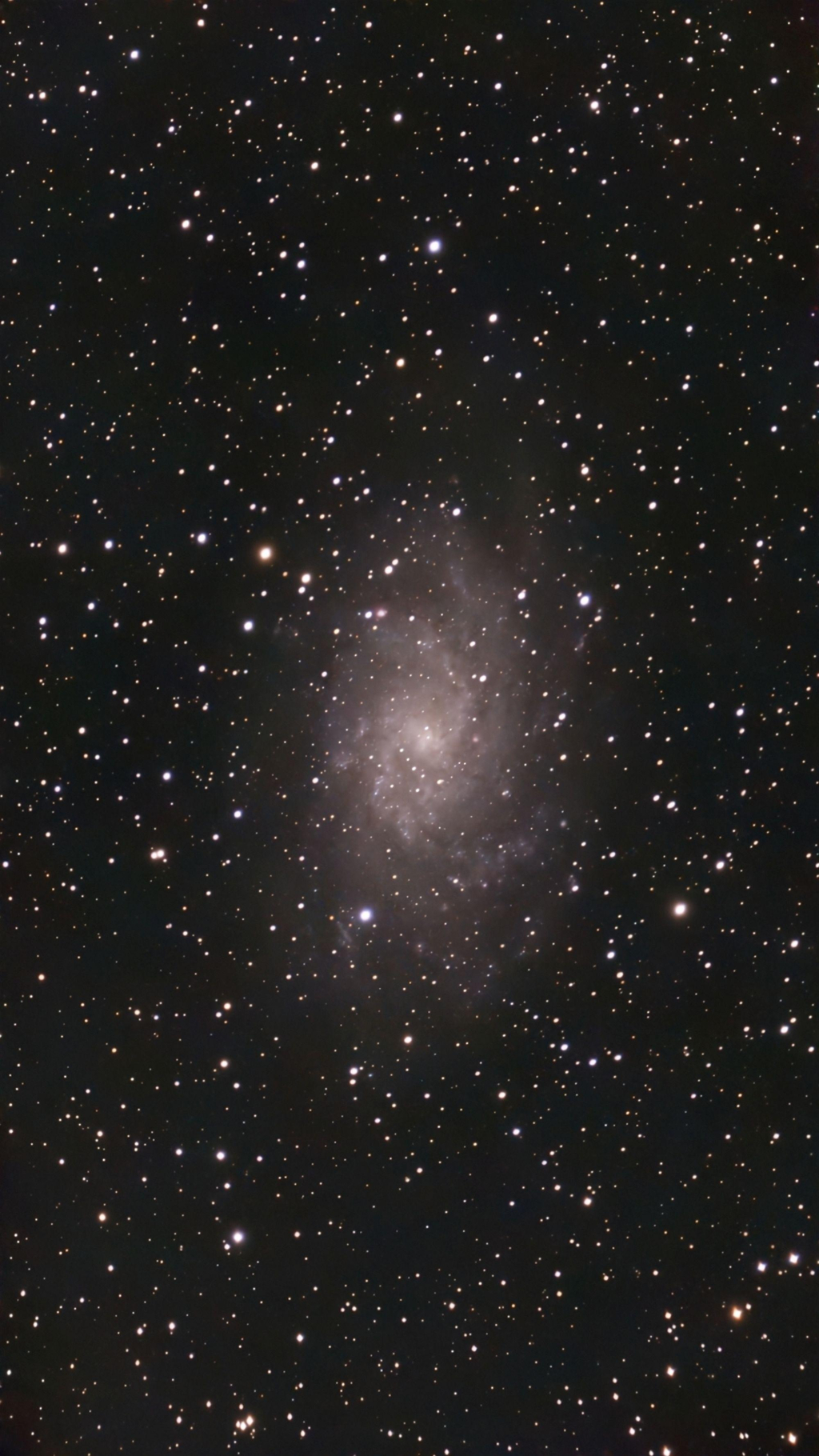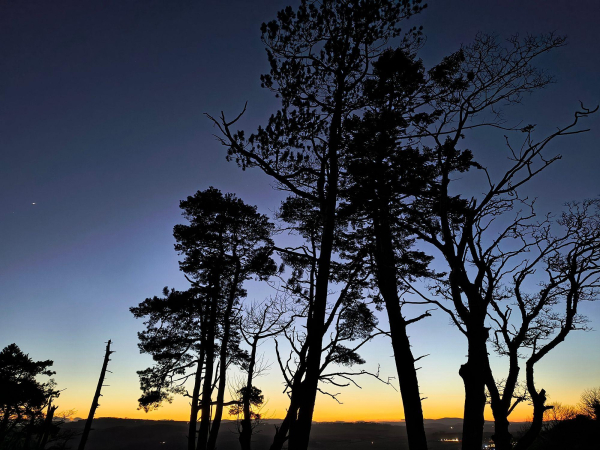Suche
Beiträge, die mit Astrodon getaggt sind
To get in the spirit, let’s take a (very) close peek at our cosmic neighbour, with its crater-covered surface. And, sadly, no cheese in sight 🧀 👀
This image was captured in early January through the Nasmyth A focus of the UT1 telescope at our Very Large Telescope (VLT) in #Chile
📷 Abigail Frost
#astrodon #astronomy #astrophotography #science
That’s the zodiacal light: caused by dust grains in the Solar System, it's so faint that it’s only visible in the darkest skies, such as those of Chile’s Atacama Desert.
And the pristine night sky 🌌 in this region has always been intertwined with the culture and traditions of its indigenous people, discover how: https://www.eso.org/public/images/potw2511a/
📷 F. Millour/ESO
#astrodon #astronomy #astrophysics #space #science
On 23 March, the Earth's orbit will cross the plane of the rings, making the majestic rings appear edge-on from our perspective. Since Saturn will be positioned very close to the Sun in the sky, it won’t be possible to observe it as the Earth crosses the plane. The rings will then become visible again in September this year.
Courtesy of ESO astronomer Abigail Frost, these images were captured in early January through the Nasmyth A focus of Unit Telescope 1 at our Very Large Telescope (VLT) in #Chile .
#astrodon #astronomy #astrophotography #science
@ec_euclid data release today, including some breakthrough work on gravitational lens discovery done by my grad student Ruby Pearce-Casey #astrodon https://www.open.ac.uk/blogs/news/science-mct/euclid-mission-reveals-spectacular-new-space-discoveries/
🔭 🌌 https://www.youtube.com/watch?v=rXCBFlIpvfQ
Mehr dazu: https://www.uibk.ac.at/de/newsroom/2025/tausende-zwerggalaxien-entdeckt/
#Euclid #Astronomie #Weltraum #Astrodon
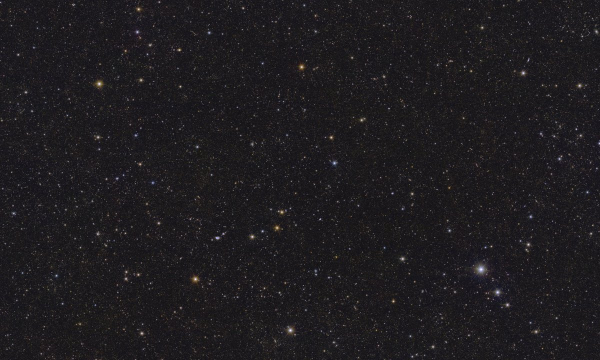
Tausende Zwerggalaxien entdeckt
Die Europäische Weltraumagentur ESA veröffentlichte heute neue Daten ihres Weltraumteleskops Euclid. Diese bildeten die Grundlage einer Art galaktischen Volkszählung, die Francine Marleau mit ihrem Team am Institut für Astro- und Teilchenphysik der U…www.uibk.ac.at
In this image, taken in early February, the planets of the Solar System appear to parade one after the other above our Paranal Observatory in #Chile. Joining the party are the #Moon, the #MilkyWay, and a special guest: comet C/2024 G3 ☄️
A question we often get is whether the planets orbit the Sun in the same plane as the disc of the Milky Way. This image shows that's not the case: the plane of the Solar System –the ecliptic– is tilted about 60º relative to the Milky Way.
Read more: https://www.eso.org/public/images/potw2510a/
📷 B.Haeussler/ESO
#astrodon #astronomy #astrophysics #astrophotography #space #science
Full size & info: https://flic.kr/p/2qQA6Fc
Credit: ESA/@DLR@social.bund.de/FUBerlin/AndreaLuck CC BY
Taken on 2024-08-06
Release Date: 2025-03-01 on https://psa.esa.int/
#Mars #Solarocks #Astronomy #Space #ESA #Astrodon
Mars, Olympus Mons near the terminator - ESA Mars Express
Credit: ESA/DLR/FUBerlin/AndreaLuck CC BY Mission: ESA Mars Express North is approx on the left Instrument: HRSC Orbit: 26003 Time: 2024-08-06T23:43:32 Release Date: 2025-03-01 Raw Data from: psa.esa.int/ File Name/ID: HQ003_000_ND3.Flickr
* pre-announcements for calls for M&F missions (&exploratory call for mini-Fs)
* Envision has a prime contractor!
* ESA Archival Research Visitor Programme call
* XRISM Guest Observers Cycle 2 Announcement of Opportunity
* Save the date for Cheops Guest Observers 6th Announcement of Opportunity
* Project Scientist for Roman
* eHST Science Archive
* XMM-Newton virtual Data Analysis Workshop
+ science highlights & conferences
▶️ https://www.cosmos.esa.int/web/scinews/2025-02
#astrodon
Those yellow beams are the VLT’s laser guide stars, shooting up from the telescope (to the right, but outside of the frame) into the sky. The laser beams create artificial stars high up in the atmosphere, which the telescope’s adaptive optics system uses to make the sharpest possible observations of the cosmos, from the ground.
Read more: https://www.eso.org/public/images/potw2509a/
(*) The VLT actually comprises several telescopes. And yes, you can tease us about the name 😅
📷 F. Millour/ESO
#astrodon #astronomy #astrophotography #science
New observations of 2024 YR4 conducted with ESO’s Very Large Telescope and facilities around the world have all but ruled out an impact of the #asteroid with our planet. The asteroid has been closely monitored in the past couple of months as its odds of impacting Earth in 2032 rose to around 3%, the highest impact probability ever reached for a sizable asteroid. After the latest observations, the odds of impact dropped to nearly zero.
Read more: https://www.eso.org/public/news/eso2505/
#astrodon #astronomy #astrophysics #space #science
#astrodon #astronomy #astrophysics #space #science
- YouTube
Auf YouTube findest du die angesagtesten Videos und Tracks. Außerdem kannst du eigene Inhalte hochladen und mit Freunden oder gleich der ganzen Welt teilen.www.youtube.com
▶️ https://m.youtube.com/watch?v=XYXAdXf5gWU&t=80s&pp=2AFQkAIB
The video shows the sun as observed
Ultraviolet Imager instrument as Solar Orbiter moves closer to & further away from the Sun on its elliptical orbit. The blue circles are flares detected by the STIX instrument.
More info:
▶️ https://www.esa.int/ESA_Multimedia/Videos/2024/12/See_and_hear_three_years_of_solar_fireworks
I'm extremely happy we hired a trainee for sonification this year 😊
#astrodon #sonification #scicomm
Since you loved the images of #comet C/2024 G3 (ATLAS) that we shared recently, here are some more, taken from our Paranal Observatory in #Chile. This lovely #BlackAndWhite image was taken by our colleague Juan Beltrán, an engineer at Paranal.
➡️ https://www.eso.org/public/images/potw2505a/
📷 J. Beltrán/ESO
#astrodon #astronomy #astrophysics #astrophotography #space
https://www.astro.physik.uni-goettingen.de/outreach/videos/aurora_iag_20240510.mp4
(Bildorientierung: Norden rechts, Osten oben; Bearbeitung und Video: Karsten Schimpf, IAG)
via https://www.uni-goettingen.de/de/215077.html
Wir hatten zu den Polarlichtern im Mai auch was geschrieben: https://www.mps.mpg.de/7926227/news_publication_21927472_transferred
#Göttingen #UniGöttingen #Astrophysik #Geophysik #IAG #Astronomie #Aurora #AuroraBorealis #Nordlicht #Astrodon #Sonnenstürme #Sonnenaktivität
Wenn der Himmel zu glühen scheint
Ein besonderes Himmelsschauspiel hat um den 11. Mai 2024 herum vielerorts für Verunsicherung gesorgt. Die Ursache war ein geomagnetischer Sturm höchster Stufe, gefolgt von einer Aurora Borealis über Süddeutschland.www.mps.mpg.de
#astrophotography #astronomy #space #nightsky #nightphotography #photography #outdoors #stars #nebula #nebulae #galaxy #Astrodon
#astrophotography #astronomy #Astrodon
60 x 60 sec. subs
20 dark/flat/bias
800 ISO
Sywatcher 72mm refractor
Canon T6 DSLR
iExos 100 PCM8 mount.
Technical details at https://telescopius.com/pictures/view/151612/deep_sky/ngc-6888/by-drgfreeman
#astrophotography #astronomy #nebula #deepsky #photography #astroberry #kstars #ekos #phd2 #raspberrypi #astrodon
Astrophotography by DrGFreeman
First night that I can stay outside the whole night of this year!Telescopius
Detailed Information: https://astrocamp.eu/c25
▼ Vixen VC200L | Canon EOS M100(a) '23
#astrophoto #astrophotography #nightsky #space #sky #astronomy #telescope #clearsky #photography #nature #astrodon
Intergalactic Wanderer - C25
NGC 2419, also known as the "Intergalactic Wanderer," is a globular cluster located in the constellation Lynx, approximately 270,000 light-years away from Earth.Astrophotography and Astronomy
“We took the photograph while we were en route from northern #Chile to Santiago, travelling to attend the first workshop on Equity, Diversity, and Inclusion for the Chilean astronomical community at ESO-Vitacura. Little did we know that this journey would present us with a once-in-a-lifetime observational opportunity!
The flight was delayed, and as the plane ascended, the timing coincided perfectly with sunset. By pure coincidence, the window seat in our row was unoccupied, providing us an unobstructed view of the breathtaking landscape below. It was then that we noticed a faint but unmistakable glow in the sky: Comet C/2024 G3 Atlas!
Eager to share this spectacle, we informed the flight attendants, who promptly passed on the news to the pilots. They were as enthusiastic as us, and they made an announcement to the passengers, describing the rare sight visible outside the plane. The pilots dimmed the cabin lights and even turned off the wing lights to enhance visibility, allowing everyone onboard to experience the comet in its full glory.
The cabin was filled with awe as passengers took pictures of the comet. This moment was a testament to how celestial events can bring people together, even at 30,000 feet!”
🥲
Thanks for sharing this wonderful image and story, Virginia Cuomo from the Astronomy Department of La Serena University in Chile and the Chilean Astronomical Society, and Annagrazia Puglisi from the School of Physics and Astronomy of the University of Southampton!
📷 Annagrazia Puglisi
#astrodon #astronomy #astrophotography #space #science
This stunning shot by our friend Yuri Beletsky, with the comet next to an Auxiliary Telescope, is today's Astronomy Picture of the Day. Congrats, Yuri!
#astrodon #astronomy #astrophotography
#space #astronomy #astrodon
Sywatcher 72mm refractor
Canon T6 DSLR
iExos 100 PCM8 mount.
180 - 60 second light frames @ 400 ISO
40 dark/flat/bias
#astrophotography #astronomy #astrodon
#astrophotography #astronomy #space #nightsky #milkyway #nightphotography #photography #outdoors #stars #nebula #nebulae #Astrodon
Located 22.2 light years away in the Hercules #constellation
Shot on a Canon T6 mounted on a Skywatcher 72mm ED doublet refractor. Approximately 30 minutes of integration time @ 420mm FL / 800 ISO. #astronomy #astrophotography #astrodon
If you missed the news yesterday, here's a video recap of the latest discovery with our Very Large Telescope: https://www.youtube.com/watch?v=S84jjw__zlg
#astrodon #astronomy #astrophysics #space #science
- YouTube
Auf YouTube findest du die angesagtesten Videos und Tracks. Außerdem kannst du eigene Inhalte hochladen und mit Freunden oder gleich der ganzen Welt teilen.www.youtube.com
➡️ https://www.eso.org/public/news/eso2502/
Reaching speeds up to 33 000 km/h, the winds make up the fastest jetstream of its kind ever measured on a planet.
In comparison, the fastest wind ever measured in the Solar System was found on Neptune, moving at 1800 km/h.
How did they do it? Keep reading...
Artist's impression by ESO/L. Calçada
#astrodon #astronomy #astrophysics #space #science
Photo is M33 Triangulum Galaxy. 2.73 million light-years away and thought to be home to 40 billion stars.
#EveningWalk #NightSky #Astrodon
